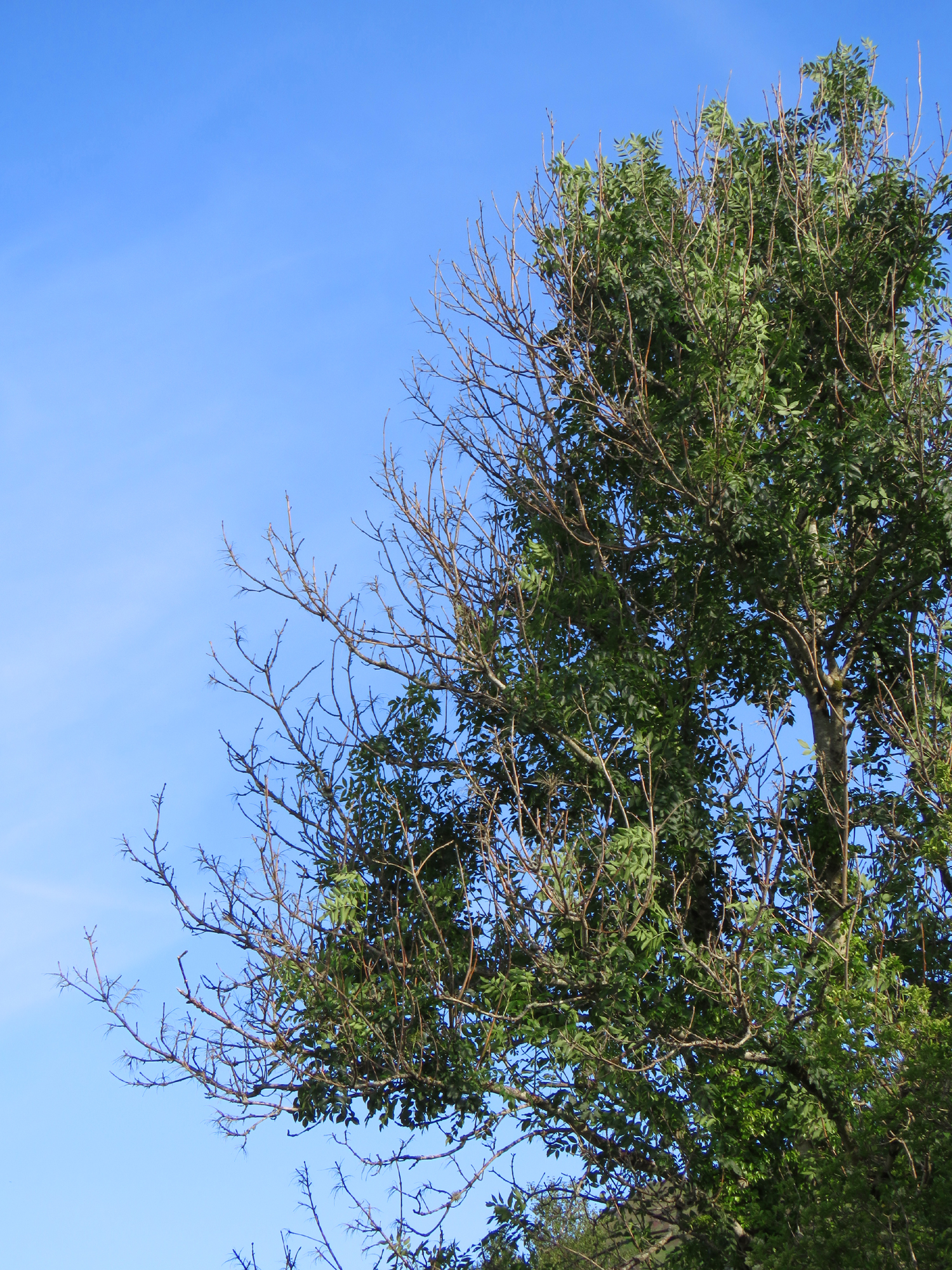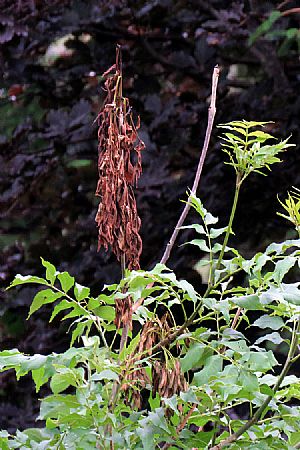SLEF ASH DIEBACK PROJECT
For several reasons, we have decided to terminate the proposed Ash Dieback project. Firstly, very few people responded, while those who did made quite an effort, for which we are grateful and sorry to them that we have not received enough data to make a full survey realistic.
However, a recent letter to British Wildlife magazine (33:1, Oct 2021) by Prof. Ajos Farjon, a tree specialist at Kew, changes our understanding of the disease – for the better? He wrote:
[It has been suggested that] “… Ash Dieback is ‘likely to kill 93-95% of our Ash Fraxinus excelsior trees’, but there is reason to be more optimistic. Ash (unlike Elm) reproduces sexually and so recombination (gene ‘shuffling’) will create genotypes that are resistant long before even 50% of trees have died (scientists at the Forestry Commission and Kew have already evidence of this occurring). More anecdotally, I continue to see a lot of woods with healthy Ash trees, along with massive amounts of regeneration.”
Since reading that I have noticed that as the trees here prepare to drop their leaves there is a diversity of progress within the ash population. Some are still green and fully leaved, others are yellowing, others are partly defoliated, and some are almost completely bare. I wonder if further observation will reveal a link between the disease and autumn defoliation?
Meanwhile, during 2021, some of us have become aware of the Ash Dieback in our region, and of course we can continue to monitor it and learn more about it, if only through personal observation and conversation.
We've the information here, but removed the project.
To find out about Ash Dieback:
INFORMATION DOCUMENT
HELP SHEET: Ash compared with Rowan
ASH DIEBACK LINKS
Scottish Woodlands
Forest Research
NatureScot
Scottish Wildlife Trust
The Woodland Trust







